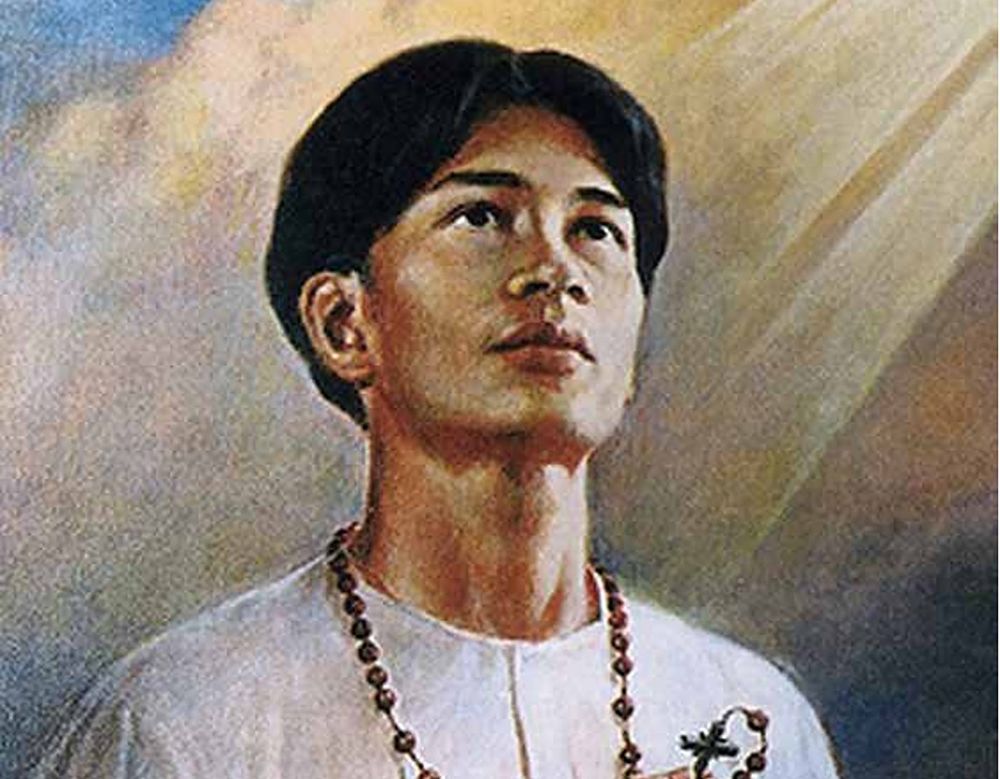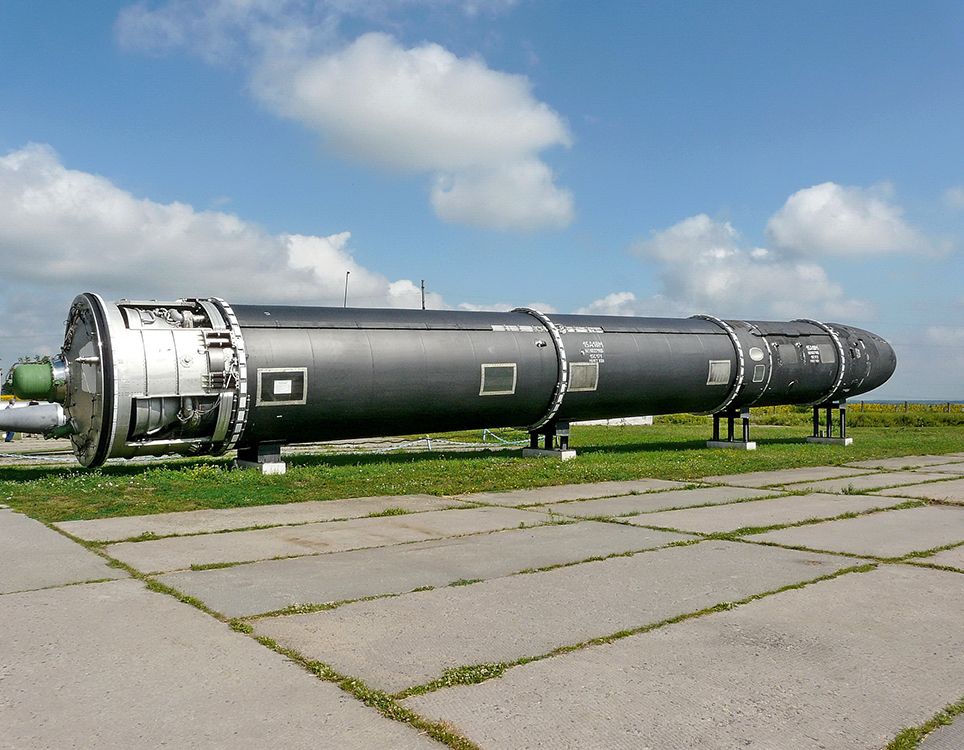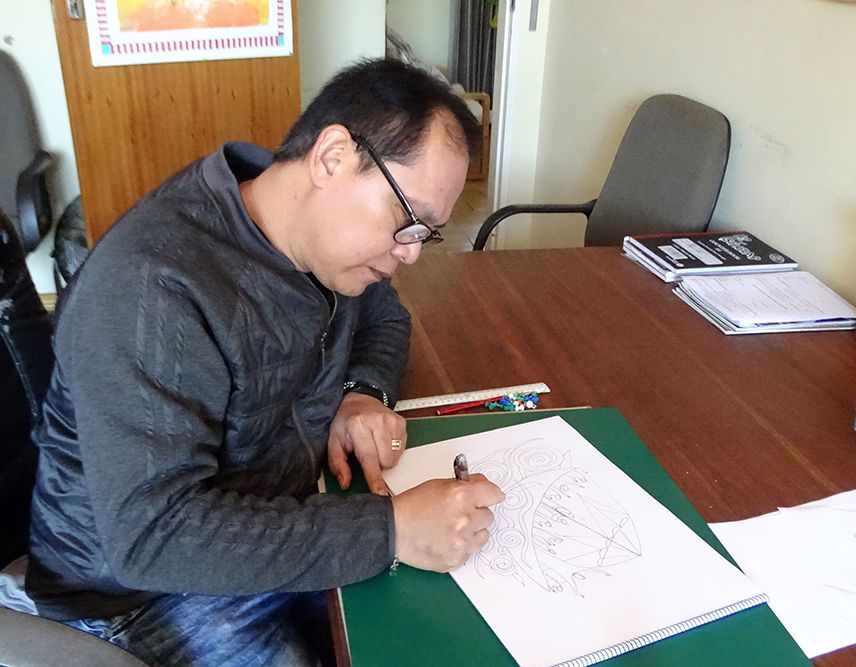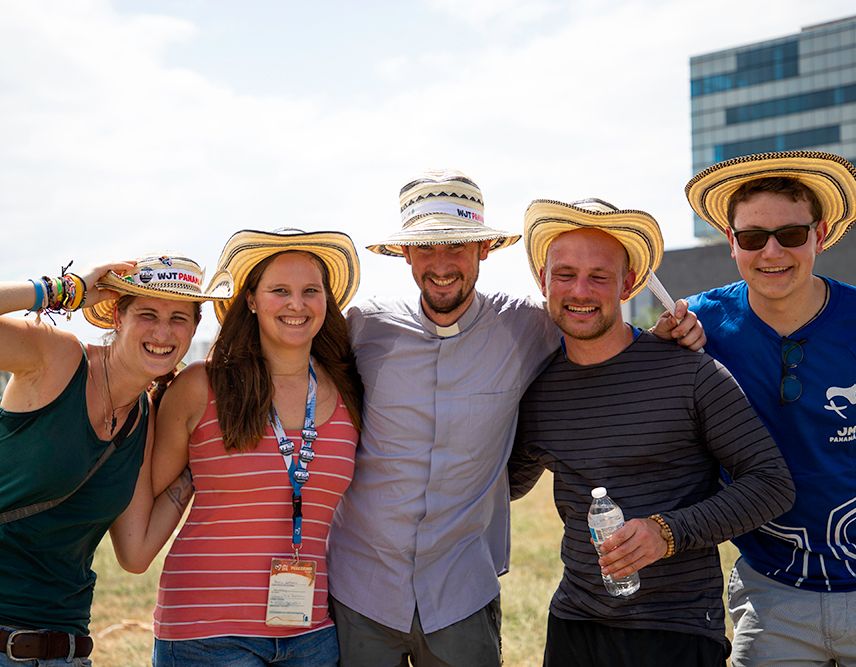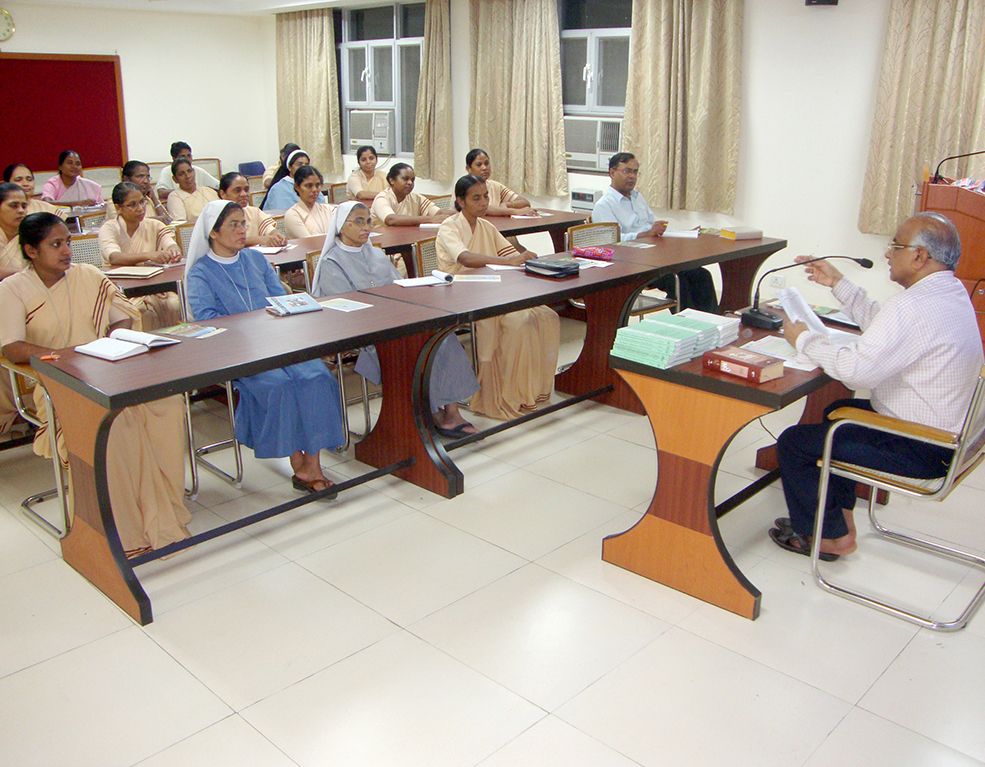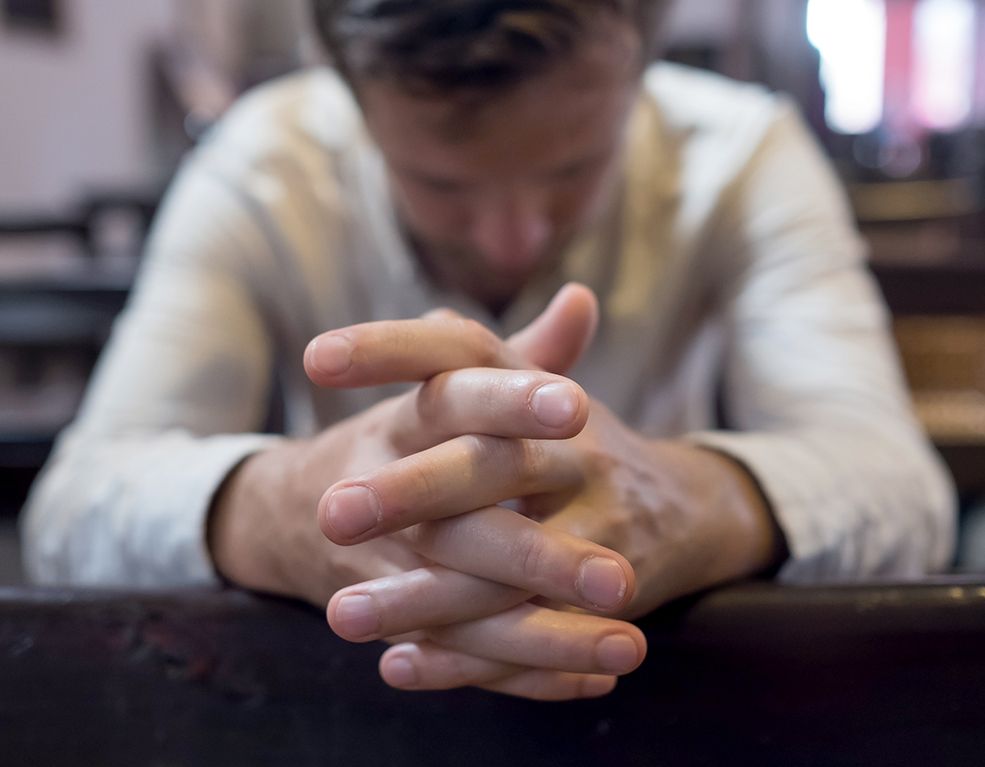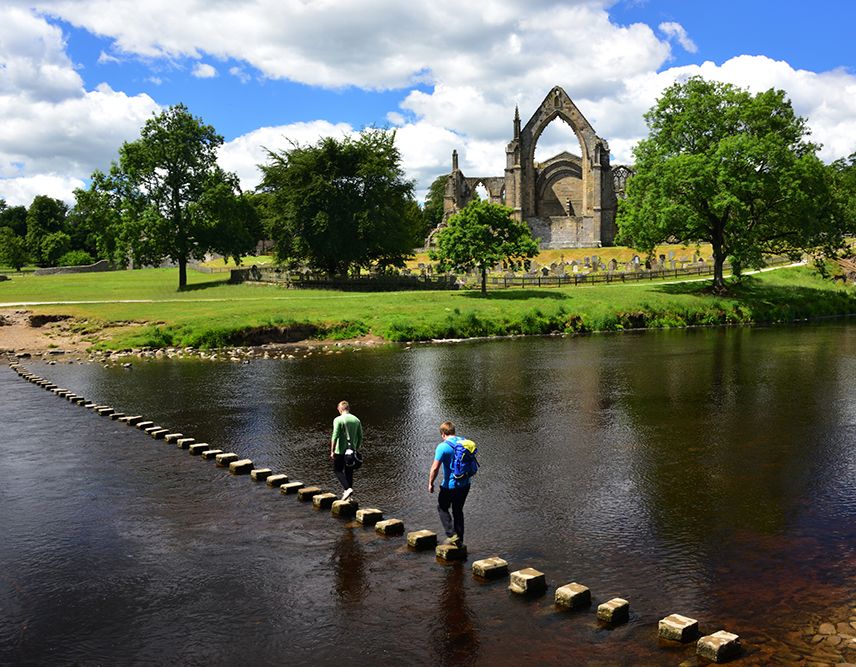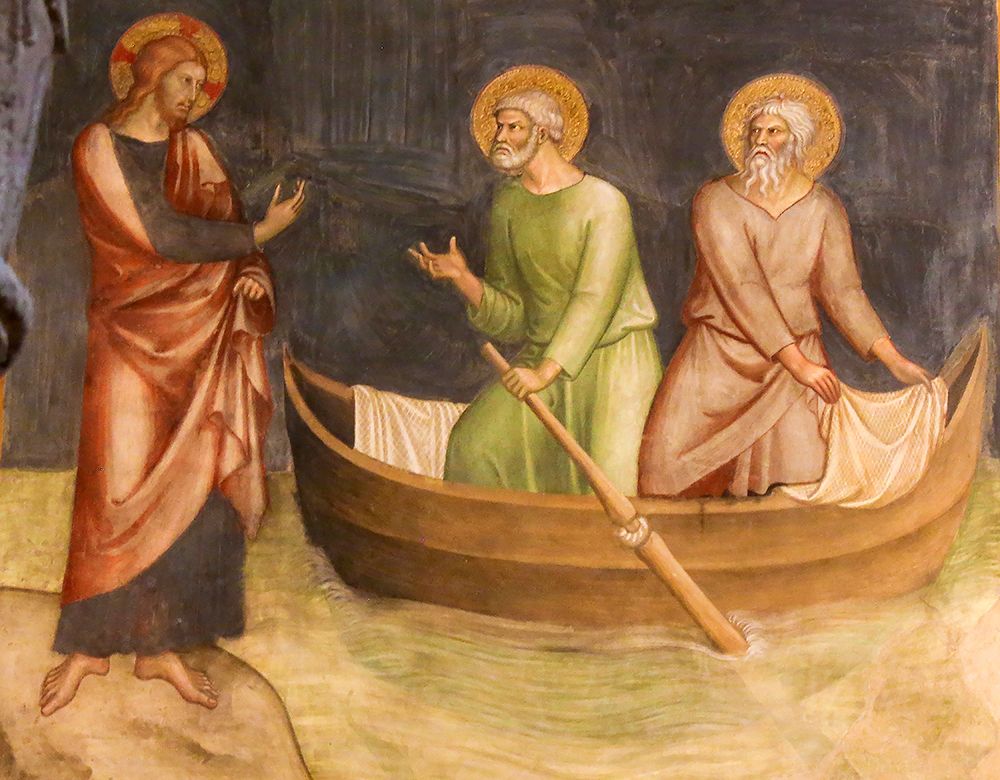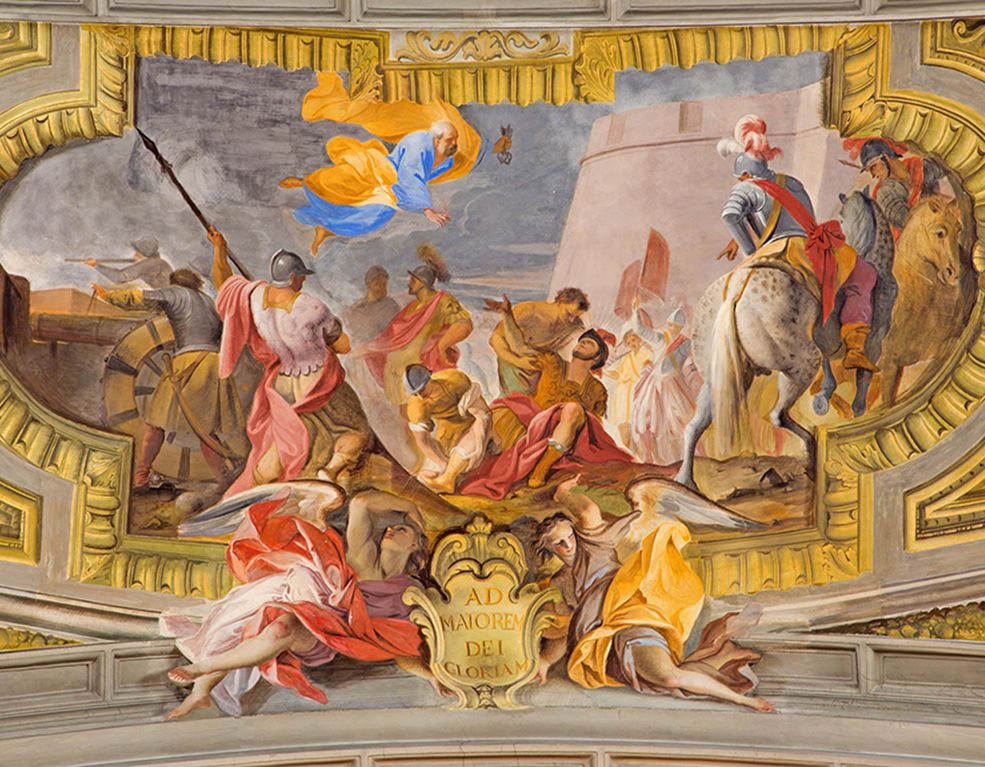Second, third and fourth week: It is a call to meditate on the life, death, and Resurrection of Jesus, as somebody aptly said, “standing inside the mystery.” The more concrete, personal, and emotional the encounter with Jesus is, the better will be the transforming power of our prayer.
The grace of the Holy Spirit wants to meet with our personal engagement. Saint Ignatius teaches us how to obtain that by means of his Ignatian contemplation.
Saint Ignatius speaks very briefly and soberly of what has become his famous “contemplation.” We find it in the preludes of the meditation about the Nativity, during the second week.
After mentioning the trip of Mary and Joseph to Bethlehem for the census, this is how he describes the “composition of place”: “It will be here to see with the sight of the imagination, the road from Nazareth to Bethlehem; considering the length and the breath, and whether such road is level or through valleys and over hills. Likewise, looking at a place or cave of the Nativity, how large, how small, how low, how high and how it was prepared.”
Then we are invited to see the Persons, the actors of the scene, and make ourselves part of the scene, “imagining ourselves present”: “looking at them and serving them in their needs with all possible respect and reverence.” Notice what they are saying and what they are doing…. And from this exercise draw some spiritual profit.
The contemplation is concluded with a colloquy so spontaneous and lively the more the power of imagination has made us stand inside the mystery that we contemplate.
Let Us Lose Ourselves In The Story
Ignatius was convinced that God can speak to us through our imagination as through our thoughts and memories. In the Saint’s tradition, praying with the imagination is called contemplation. In Exercises, contemplation is a very active way of praying that engages the mind and heart and stirs up thoughts and emotions.
Ignatian contemplation is suited especially for the Gospels. Let us visualize the Gospel events as if we were making a movie. Let us pay attention to the details: sights, sounds, tastes, smells, and feelings of the event. Let us lose ourselves in the story. At some point, let us place ourselves in the scene.
Contemplating a Gospel scene is not simply remembering it or going back in time. Through the act of contemplation, the Holy Spirit makes present a mystery of Jesus’ life in a way that is meaningful for us now. Let us use our imagination to dig deeper into the story so that God may communicate with us in a personal, evocative way.
Some people find imaginative prayer difficult. They may not be able to picture the scene easily, yet they may have some intuition or gut reaction to the story. Or they may hear or feel the story more than visualize it. In a spirit of generosity, let us pray as we are able; let us not try to force it. Let us rest assured that God will speak to us, whether through our memory, understanding, intellect, emotions, or imagination.
A colloquy is an intimate conversation between us and God the Father, between us and Jesus, or between us and Mary or one of the saints. It often occurs at the end of a prayer period, but it can take place at any time. Let this conversation naturally develop in our prayer.
Prayer As Colloquy
In the colloquy, we speak and listen as the Spirit moves us: expressing ourselves, for example, as a friend speaks to a friend, or as a person speaks to one whom he or she has offended, or as a child speaks to a parent or mentor, or as a lover speaks to his or her beloved.
Whatever the context, we must be “real,” speaking from the heart. As in any meaningful conversation, we must make sure to leave time of silence for listening.
In the meditations on sin, Ignatius suggests that we place ourselves before the cross and consider three questions that echo throughout the Exercises: What have I done for Christ? What am I doing for Christ? What ought I do for Christ?
We must return to these questions throughout the retreat. In one sense, they are not completely answerable during the retreat itself; we often lean into the answers as we continue our normal routines. By considering the questions, we realize how practical the Exercises are.
Just as our sin is reflected in concrete decisions and actions, so, too, does grace come to life in choices and deeds for the love of Christ and others. We encounter Christ not only in our prayer and in the sacraments but also in our relationships with the Body of Christ, living now as the church, the people of God, within that people and for them. Here is where prayer flows into life.







